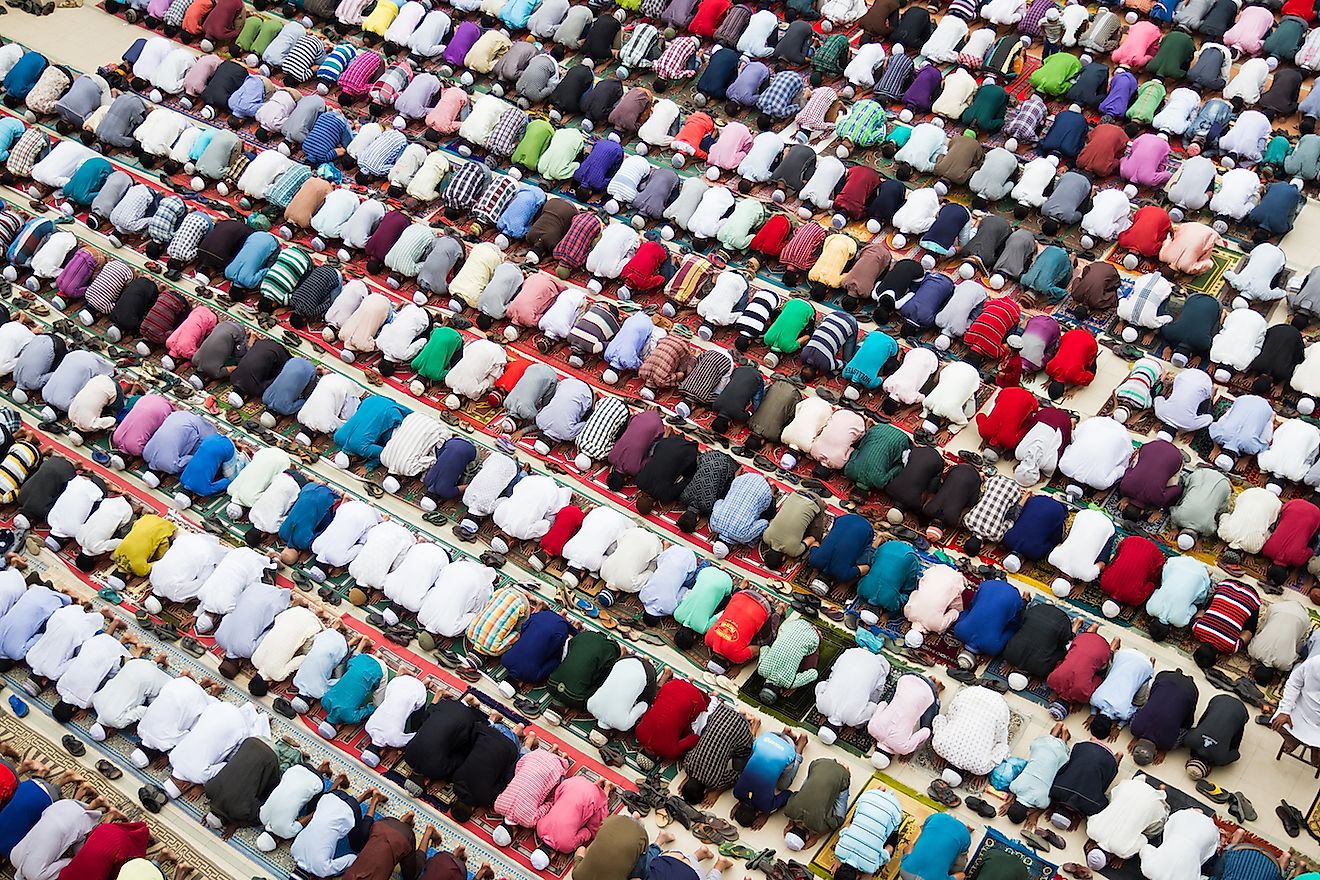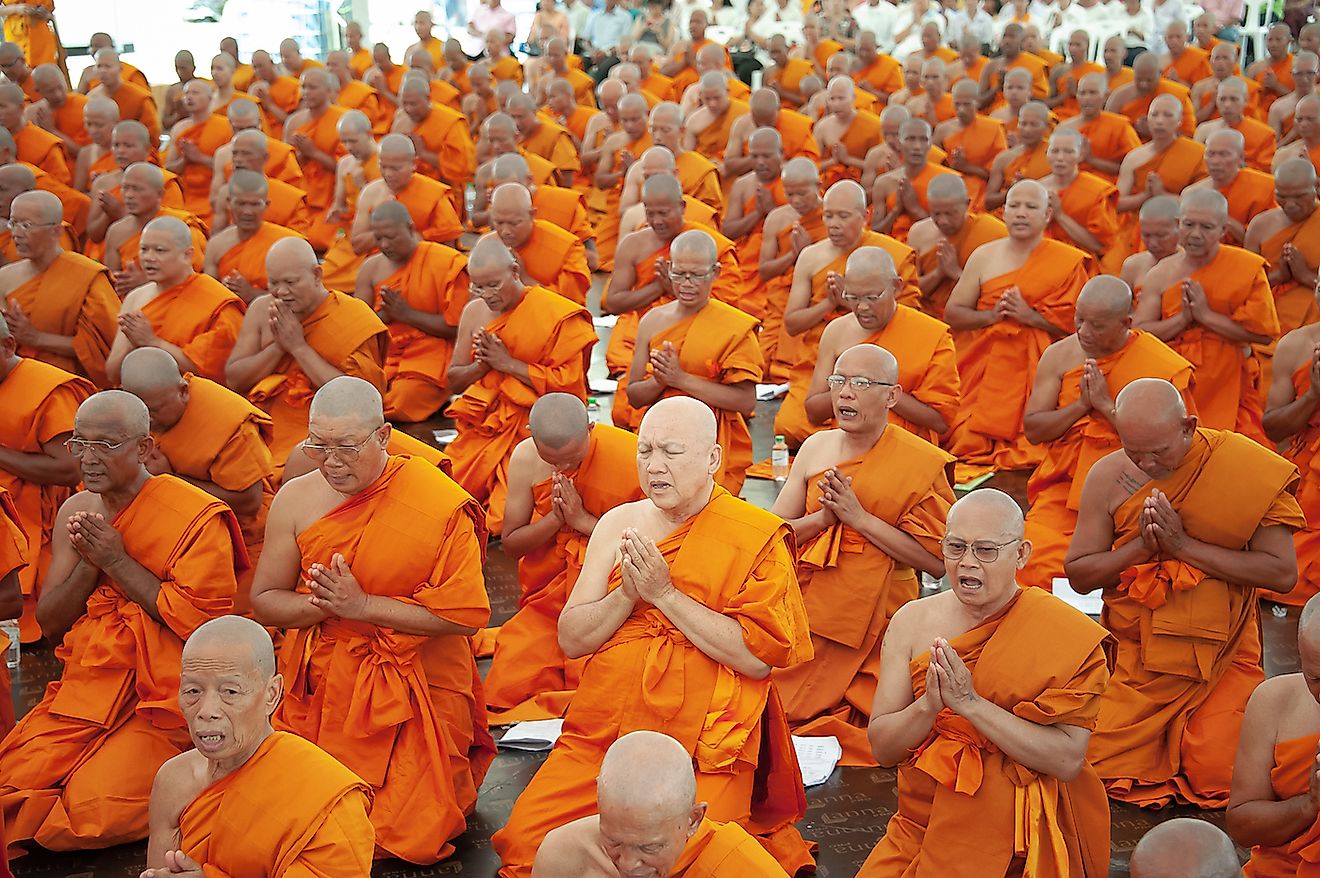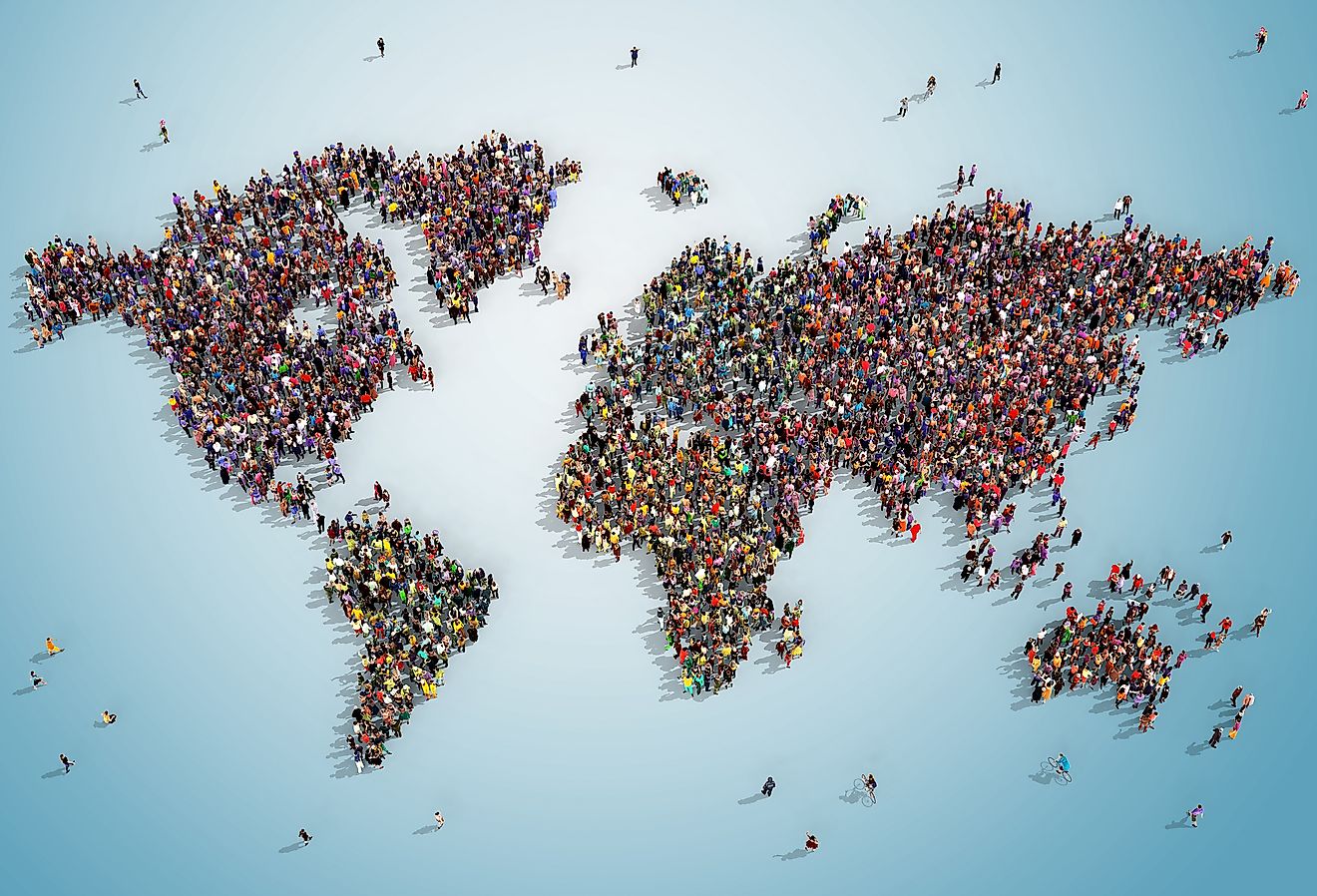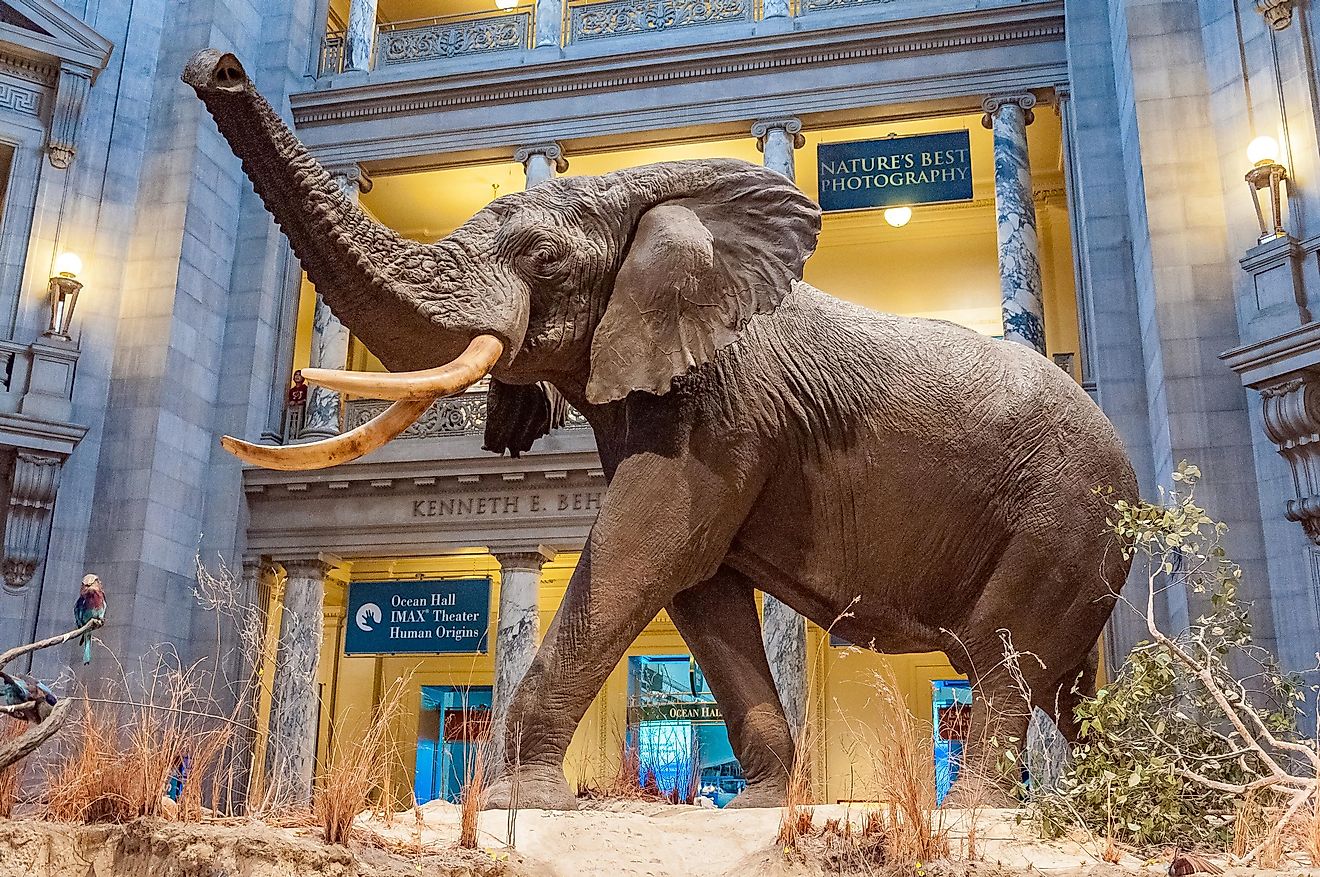Reasons Why Muslims Are The World’s Fastest-growing Religious Group

- The Muslim population is the youngest among all other major religions of the world.
- Muslims produce more children than any other religious group that has a large presence in the world.
- Another big boost to the Muslim population is their concentration in regions of the world that are set to experience the fastest growth in the coming decades.
According to the Pew Research Center’s studies, Islam is the fastest-growing religion in the world. Forecasts suggest that in the second half of the 21st century, Muslims will replace Christians as the world’s largest religious group. The global Muslim population is projected to increase from 1.8 billion to 3 billion from 2015 to 2060. In 2060, Muslims will represent 31.1% of the global population, a significant increase from 24.1% in 2015. Also, the world’s Muslim population is projected to grow twice as fast (grow by 70%) as the global population (grow by 32%) in the coming decades.
So, what factors will drive this rapid growth in the Muslim population? Here is what research studies suggest:
The Relatively Young Muslim Population

The Muslim population is the youngest among all other major religions of the world. This population has a median age of only 24 (as of 2015). Christians who currently are the world’s largest religious community have a median age of 30. Hindus have a median age of 27 but the fertility rate and total population of this religious group are far lower than that of Muslims. All other major religious groups have a median age of over 30 years.
High Fertility Rates
Another major reason supporting the growth of Islam is the high fertility rates of Muslim women. Muslims produce more children than any other religious group that has a large presence in the world. On average, Muslim women have a fertility rate of 2.9 while the average figure for all non-Muslims is 2.2. Christians have the next highest fertility rate of 2.6. Thus, a high number of Muslims of child-bearing age producing more children fosters a rapid growth of the world’s Muslim population.
Most Muslims Live In World’s Fastest-growing Regions

Another big boost to the Muslim population is their concentration in regions of the world that are set to experience the fastest growth in the coming decades. Over one-third of all Muslims of the world reside in the Middle East and Africa that are projected to have rapidly growing populations. However, even within the countries of these regions, the Muslims are growing in larger numbers than followers of any other religion due to the two factors mentioned above.
Religious Switching Is Relatively Low
In most Muslim majority countries, religious switching has been found to be relatively low. Often, countries strictly following Islamic laws, subject their citizens to severe punishments for apostasy. In general, most Muslims who are born to Muslim parents, usually adhere to Islam and do not switch their religion. On the contrary, the Christian population is expected to dwindle as a large section of born Christians are expected to become non-believers or identify with no religion in the decades to follow. These people also tend to produce fewer children.
Reasons Why Muslims Are The World’s Fastest-growing Religious Group
| Rank | Major Religion | Estimated percentage change in population size (2015-2060) |
|---|---|---|
| 1 | Muslims | +70 |
| 2 | Christians | +34 |
| 3 | Hindus | +27 |
| 4 | Jews | +15 |
| 5 | Folk Religions | +5 |
| 6 | Unaffiliated | +3 |
| 7 | Other Religions | 0 |
| 8 | Buddhists | -7 |











